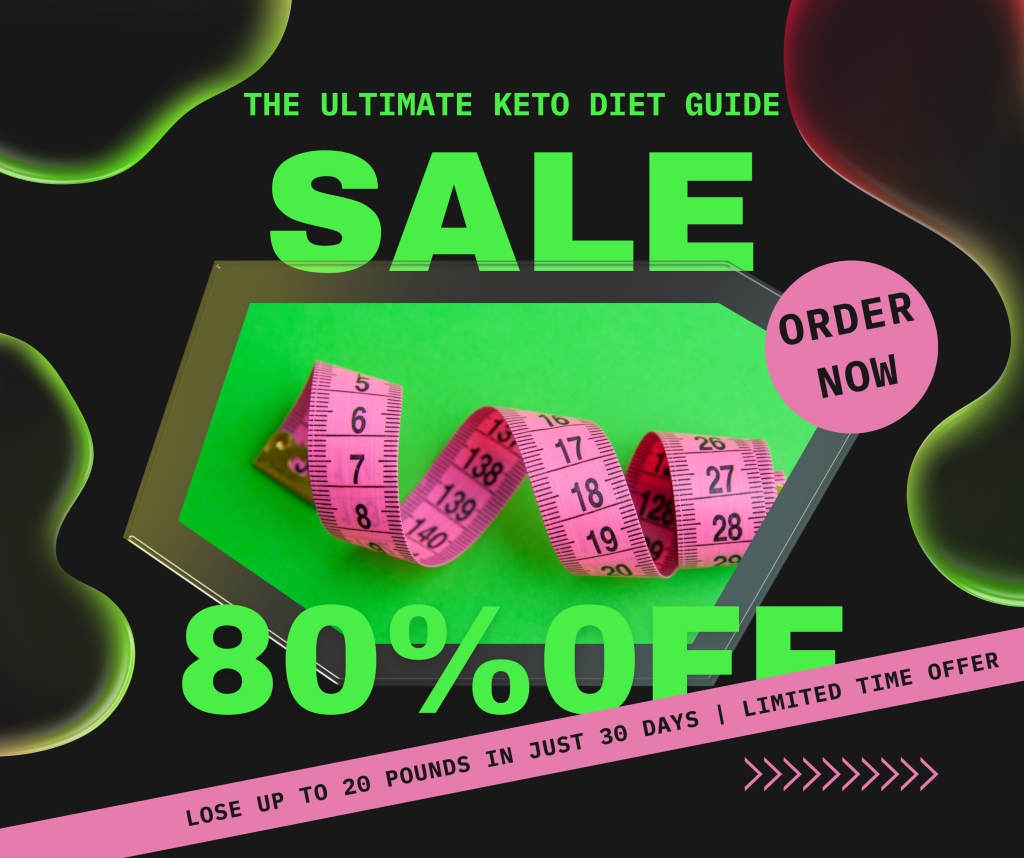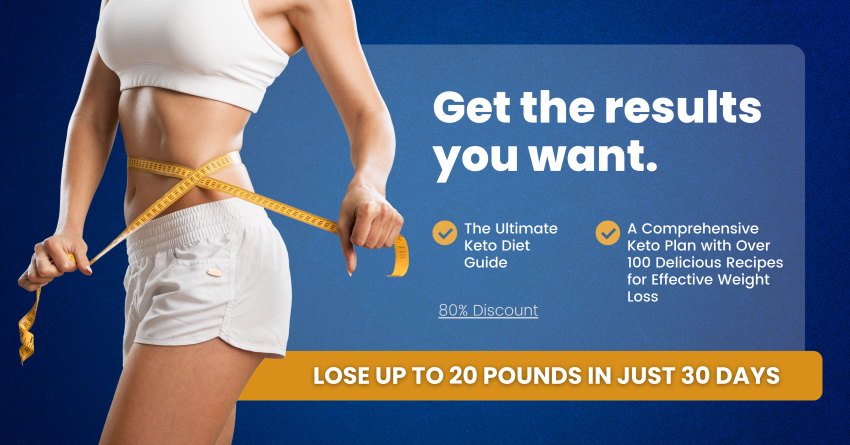In the realm of health and nutrition, we often find ourselves inundated with a plethora of dietary trends, each claiming to be the ultimate solution for weight loss, improved health, or enhanced energy. From ketogenic and intermittent fasting to juice cleanses and raw food diets, the options are overwhelming. Yet, as many of us have discovered, what works for one person may not work for another. The journey from fad diets to balanced eating is not just about choosing an eating plan; it’s about understanding your unique needs and preferences to cultivate a sustainable and healthy relationship with food.
The Allure of Fad Diets
Fad diets tend to gain popularity quickly, often fueled by social media influencers and celebrity endorsements. These diets promise rapid results, which can be enticing for those seeking immediate changes in their appearance or health. However, many fad diets are characterized by their restrictive nature, often eliminating entire food groups or severely limiting caloric intake. This can lead to short-term weight loss, but often at the expense of nutritional balance and overall wellness.
Common Characteristics of Fad Diets:
- Promised Rapid Results: Most fad diets advertise quick weight loss or health benefits.
- Restrictive Guidelines: Many eliminate food groups (like carbs or fats), making them hard to sustain.
- Lack of Scientific Support: Many are not backed by sound research, relying instead on anecdotal evidence.
The Downside of Fad Diets
While the appeal of quick fixes is undeniable, the downsides of fad diets often outweigh the benefits:
- Nutritional Deficiencies: Restricting certain foods can lead to deficiencies in vital nutrients.
- Increased Cravings: Limiting specific food groups can result in intense cravings and binge eating.
- Unsustainable Practices: Once individuals return to their previous eating habits, weight often returns, leading to a cycle of yo-yo dieting—losing and regaining weight repeatedly.
Finding Your Path to Balanced Eating
The transition from fad diets to a more balanced approach requires a mindset shift. Here are steps to finding what works for you:
1. Understand Your Body’s Needs
Everyone has different nutritional needs based on factors like age, gender, activity level, and health status. Consider consulting with a registered dietitian or nutritionist who can help you identify what your body truly needs to thrive.
2. Focus on Whole Foods
A balanced diet should primarily consist of whole, minimally processed foods. Think colorful fruits and vegetables, whole grains, lean proteins, and healthy fats. These foods provide essential vitamins, minerals, and fiber while keeping you satisfied.
3. Listen to Your Hunger Cues
Intuitive eating emphasizes listening to your body’s hunger and fullness signals. Rather than adhering strictly to meal times or caloric restrictions, allow your body to guide your eating, opting for foods that nourish both your body and spirit.
4. Practice Moderation, Not Deprivation
Rather than labeling foods as “good” or “bad,” adopt a mindset of moderation. Enjoy treats and indulgences occasionally without guilt. This approach prevents the feeling of deprivation that can lead to bingeing.
5. Be Patient With Yourself
Sustainable changes take time. Instead of seeking immediate results, focus on gradual shifts in your eating habits. Celebrate small victories, whether that’s cooking more meals at home or adding more vegetables to your plate.
Building a Support System
Embarking on a balanced eating journey can be challenging, but having a support system makes it easier. Whether it’s friends, family, or online communities, surround yourself with individuals who encourage and share similar goals. They can offer motivation, share experiences, and remind you that you’re not alone in this journey.
Conclusion
Every individual’s path to a balanced diet is unique. By moving away from fad diets and embracing a holistic approach to nutrition, you can create a sustainable, healthy eating plan that revolves around your preferences and lifestyle. Remember that it’s not just about what you eat, but building a healthy relationship with food that nourishes both your body and mind. As you navigate this journey, stay patient, stay curious, and above all, enjoy the process of discovering what works for you.








